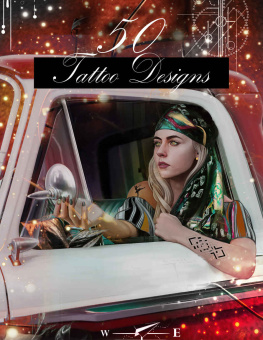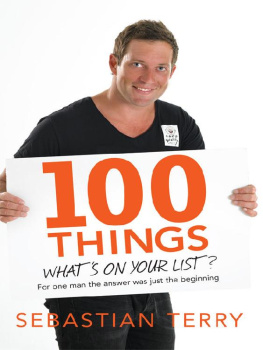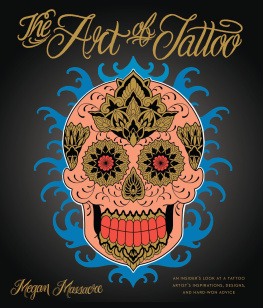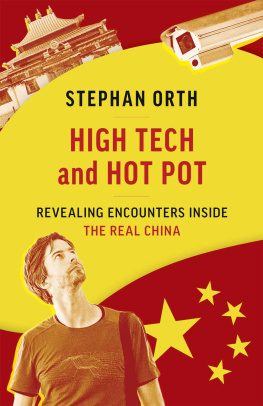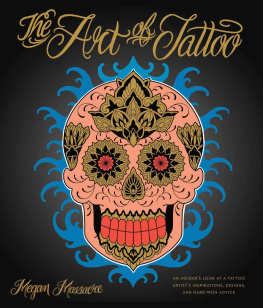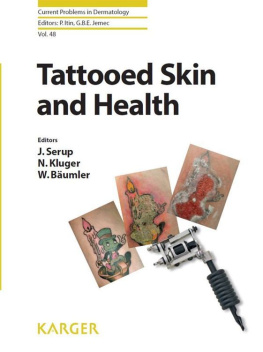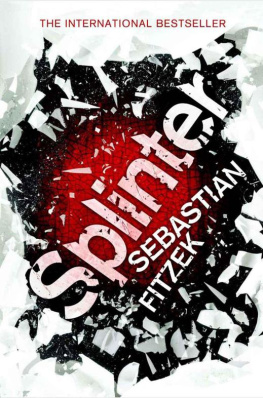
The first dot
(Photo: Betina La Plante)
3
Anarchy
T he styles used in tattooing change but the essential symbols remain the same. This has been confirmed by the oldest examples of human remains and even older archeological sites where examples of tattoo art or tools used for tattooing have been discovered. It can be assumed that tattooing is a very old part of human artistic development.
Whether used as a tribal marking, a religious symbol, or for sheer beautification, the tattoo is a combination of the physical, psychological, and spiritual.
*
Early humans, hundreds of thousands of years ago, were itinerant and had to carry their identity with them. Marking them as part of a group or tribe, scars (perhaps random and accidental at first) progressed to scarification (cutting designs or symbols into the skin), and scarification led to tattooing (using pigment to color the scars).
But as art evolves, becoming more complex, materials, energy, and planning are required. By applying a tattoo one does not necessarily provide immediate food, shelter or clothing. Nor is a tattoo an obvious weapon; and the thought process necessary for more sophisticated designs requires time that is not devoted to the attainment of necessities.
So why did tattooing (and other forms of body modification) survive through the ages?
I can only speak from my own perspective and trust that others are not so different.
*
My first tattoo was done under circumstances that were limited by just about everything. Money was limited, because at 17 my financial resources were minimal, to say the least. Time was limited, which is funny because, at 17, I probably had more free time than I have had since But I was impatient with everything, and impatience means everything must be done now. I was certainly limited in knowledge; I had none. And technically, it was illegal; you had (have) to be 18 to be tattooed in a professional shop, so do it yourself quickly became the only way.
Yet, I still wanted to be tattooed. And though that first dot was done in what seemed a spontaneous gesture, it had to have been spurred by something.
Neither of my parents was tattooed.
I had seen old men with green blobs from World War Two, or my uncle, with a green blob from the Vietnam era, and a few even less memorable blobs and shapes on other people. In fact, I had seen nothing but bad tattoos. Had never been to a professional shop, but I had seen one shop tattoo up close, on the shoulder of a kid at school. Maybe an inch long, but within that inch I saw lines and shading and color color in the skin, blended and smooth. It was not much of an art piece, just a simple design off of the wall of a tattoo shop, nothing that would necessarily inspire the world. Yet it distinguished the kid who wore it. Made him stand apart from the crowd. Added another dimension to him; and even though I didnt know him, there was a story there, a mystery, an aura. It inspired me.
*
My first bedroom tattoos were mostly experiments. The fundamental concept was to get the pigment under my skin; they were not, initially, for the sake of designs or symbols. That all changed once I had figured out a basic technique. Then, the actual symbols became important, beginning the process of self-definition. The cross design on my wrist was used at first simply because I knew the shape well; it did not really mean anything to anyone but me. However, once it was there, its many possible meanings seemed somehow more powerful. I would look at it and it would inspire thought. To others it just said a half inch blurry thing.
My next tattoo was bigger, maybe an inch long I put the letter A on my wrist; A stood for anarchy. At seventeen, it was what I wasor believed I wasall about. Modern society, and my own life, seemed so complex that I wanted change; my young mind had glamorized the life of the ancients. I considered their world pure and simpleall about finding food and shelterthe same way it had been for generations. In contrast, education and/or training were being stuffed into our young cerebral cortexes and our schooling extended well past the ages at which our ancestors became hunters, warriors, and parents. Pure and simple seemed far more desirable.
The A sign was my first small stab at rebellion.
There was also a soothing side effect to this simple letter A, a subtle therapy in the idea that there was a way out, a new road and new freedom. My choice of actual meanings varied by the day, and still does as I look down and see this relic staring back at me.
I also remember the pain of my first crude efforts; it became a way to direct thought, an exercise in concentration. I began to call tattooing my reality check. I knew, amongst all the other strange mixed up things going on, that once the needle hit my skin I was real, at least for a while.
* * *

This old photo is the only evidence left of a skull
tattooed on my shoulder, now long covered up.

Me in 1990, with many lessons to learn.

The first tattoo I got in a shop, giving me
ideas for a shop of my own
(Photo: Betina La Plante)

A tattoo that took years to get finished during the early 1990s
(Photo: Betina La Plante)

Moms tattoo done in 1990,
photo taken some years later

My first shop in San Luis Obispo, California
10
Scars
Y ou must be Sebastian.
The deep voice and strange English African accent came from a jet black man with a huge white smile. He seemed to fill the entire doorframe as he entered the shop. I had no idea what to expect.
I am teaching some classes at the college, he said. That is where I met your father; he asked me to come by and show you something.
My visitor came from a small village in West Central Africa, and if I could remember his name I would probably not be able to spell it anyway. We talked for a while and as we did, it dawned on me that this man was able to exist in two very different worlds, his home where men hunted with spears, and in the cloistered halls and classrooms of modern academia, where he lectured on anthropology.
In his tribe, he said, there was a time when one must forget about being a child and become a member of ones people. This meant taking on responsibilities. From that day forward, the tribe would depend on him to perform certain duties for the survival of the whole village. To affirm this responsibility, to allow for the mind to adjust quickly to its new way of thinking, a ceremony had been developed over thousands of years. This ceremony was intended to trigger physiological responses that would affect the central nervous system, improving the persons natural abilities to hunt and survive.
Next page
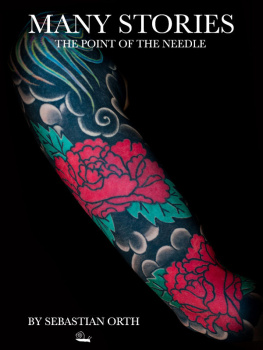
![Stephan Orth - Behind Putin's Curtain: Friendships and Misadventures Inside Russia [aka Couchsurfing in Russia]](/uploads/posts/book/860709/thumbs/stephan-orth-behind-putin-s-curtain-friendships.jpg)

